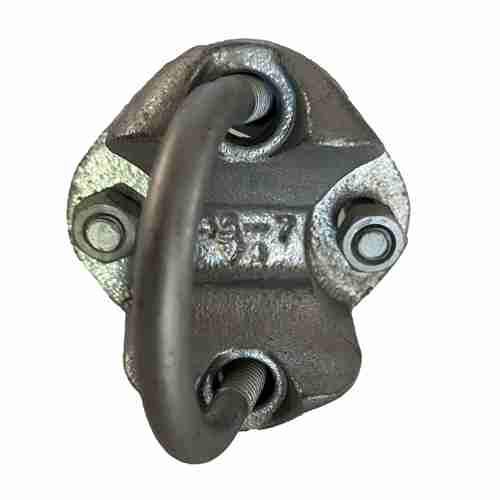
Conductors on overhead transmission lines need support and securing from crossover clamp. At the intersection of the conductors, the clamps offer support. The clamps are essential to preserving the infrastructure’s structural integrity. It also guarantees that the electrical system operates as intended. Crossover clamps have particular designs to fit particular application needs. They are from materials such composite polymers, stainless steel and galvanized steel. Bolted clamps, compression clamps and U-bolt crossover clamps are examples of common clamp types. They work in telecommunication, power systems and construction.
Innovations and upgrades in the crossover clamp market
Crossover clamp sales are dynamic and subject to change based on some factors. Updates to electrical systems result in increased efficiency, safety and dependability. Depending on the nation and area, there are different crossover clamp tendencies. It’s also a good idea to look into market trends that affect supply and demand. The following major variables influence the crossover clamp market.
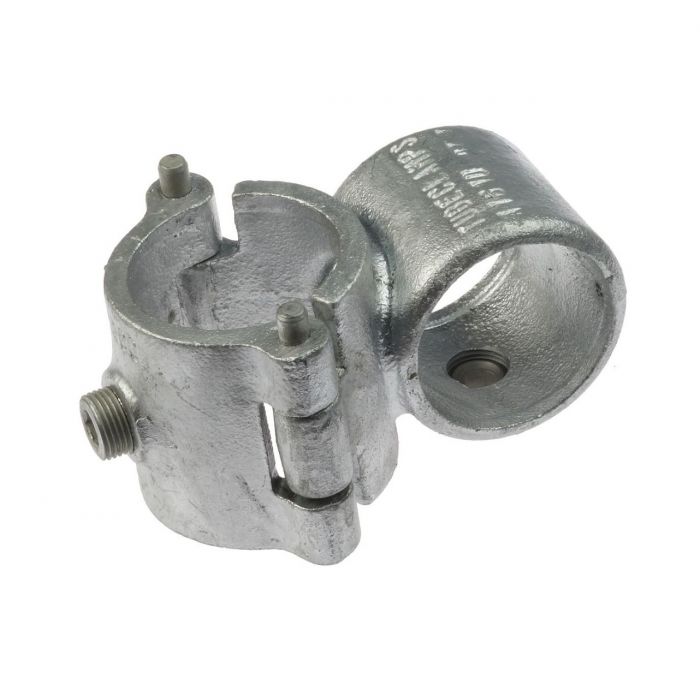
- Smart clamps – by combining sensors and communication technologies, clamps can check temperature, load and possible problems.
- Corrosion resistance – as the market advances, developers are developing stronger, lighter and more corrosion-resistant materials.
- Data analysis – through the use of simulations and data analysis, designers optimize clamp designs for particular conditions. This is through the use of applications in data-driven design.
- Renewable energy – the growth of wind and solar farms in the renewable energy sector creates a need for specialized crossover clamps. Additionally, this results in the creation of new clamp types and designs for increased efficiency.
- Smart grid integration – this facilitates real-time data collection by combining smart clamps with smart grid infrastructure.
- Upgrades – the need to replace outdated lines in infrastructure presents a chance to introduce new and enhanced technology.
- Environmental sustainability – laws supporting environmentally friendly products and production techniques are being developed. This in turn affects the crossover clamps demand and output.
- Standardization – some standardization activities ease the creation of international standards for testing and design.
Advantages that the crossover clamp provides
Crossover clamps have some advantages that improve the infrastructure’s dependability, security and effectiveness. The crossover clamps have advantages for overhead transmission lines and electrical systems. The advantages of employing crossover clamps are as follows.
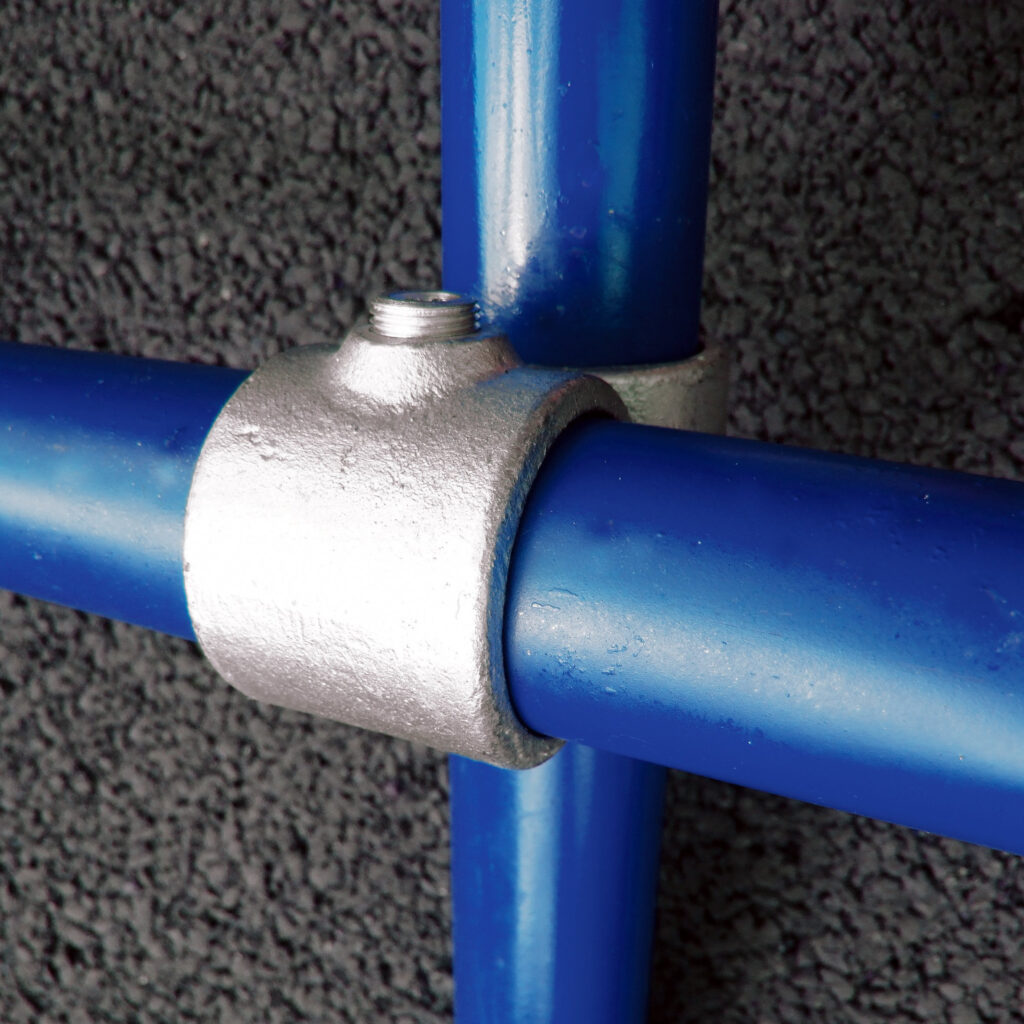
- Support – the clamps give conductors structural support at the crossing points. This keeps them from sagging and helps to preserve their alignment.
- Thermal expansion and contraction – the clamps support thermal expansion and contraction. This lessens the possibility of harm from temperature variations.
- Flexibility in conductor sizes – the majority of clamps are able to accept a variety of conductor sizes due to their adjustable design.
- Conductor separation – the clamps make sure that neighboring conductors are properly spaced apart. As a result, there is less chance of contact and short circuits.
- Vibration control – a few of the clamps have vibration-dampening characteristics that can adjust. This lessens the possibility of wear and fatigue over time.
- Increased system dependability – the clamps help make electrical systems more reliable. This lessens the likelihood of failures or disturbances.
- Maintenance costs – check the costs that come with usage of crossover clamps. This is so that conductors may be more accessed for repairs.
- Installation simplicity – the crossover clamps efficient setup and maintenance downtime reduce their design.
- Durability – the clamps have a long service life because they are from strong materials. This lowers the need for frequent replacements and increases the economy of use.
- Corrosion resistance – the various materials used in crossover clamps offer secure connections. This is while preventing galvanic corrosion.
Considerations for choosing a crossover clamp
The suitable operation of the transmission system requires proper selection of crossover clamps. As such, it necessitates giving serious thought to various factors that affect the decision-making process. It’s also a good idea to seek advice on the best crossover clamp from experts in the field. When choosing the crossover clamps, keep the following things in mind.
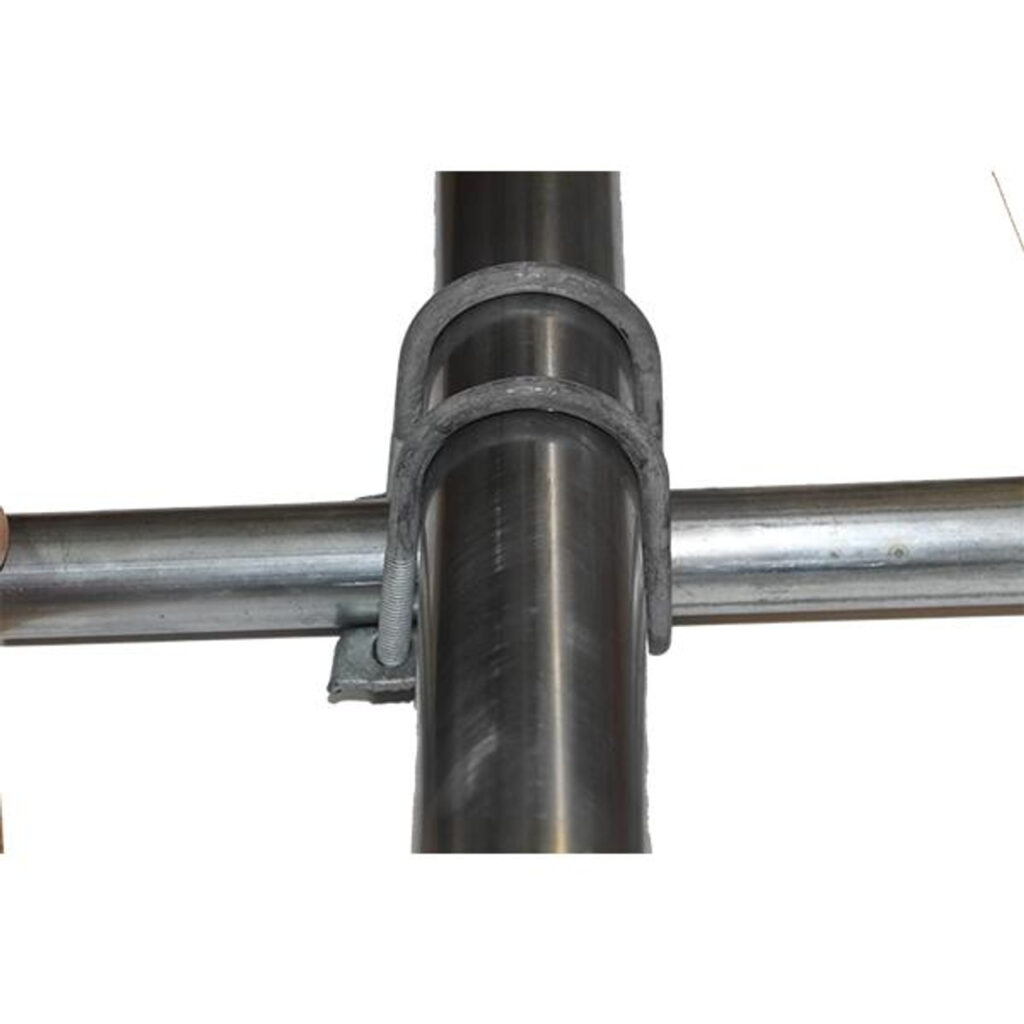
- Vibration damping – analyzing the vibration dampening qualities is crucial depending on the application. This is especially crucial in situations where vibration might cause wear and tension.
- Conductor size and type – look for the most malleable crossover clamps that enable you to use the clamps in various electrical system components.
- Environment – verify the surroundings in the area where the crossover clamp will install. Choose a clamp made of materials and coatings that are appropriate for the environmental conditions.
- Adjustability – verify if the clamp is adjustable to suit a range of conductor diameters.
- Installation ease – take into account how simple it is to install and whether the clamp design enables quick and effective setup.
- Manufacturer – choose crossover clamps from reliable manufacturers. They should have a history of manufacturing electrical components of the highest quality.
- Corrosion resistance – choose a clamp made of materials resistant to corrosion to guarantee the longevity of the clamp and conductor.
- Load bearing capacity – determine the maximum load and tension that the crossover clamp will support. To make sure the clamp can withstand the forces, choose one with the appropriate load bearing capability.
- Cost-effectiveness – examine the crossover clamp’s expenses and weigh the initial cost against the reliability and long-term advantages.
Things to think about before purchasing a crossover clamp
Analyzing and considering costs for crossover clamps might be difficult. It can also be stressful if you are unsure of what to look for. It’s critical to weigh the initial expenditures against the clamp’s reliability and long-term advantages. It is also a good idea to consult experts for advice of the analysis. Achieving a balance between the crossover clamp quality and price is also crucial. The following are factors to take into account while purchasing crossover clamps.
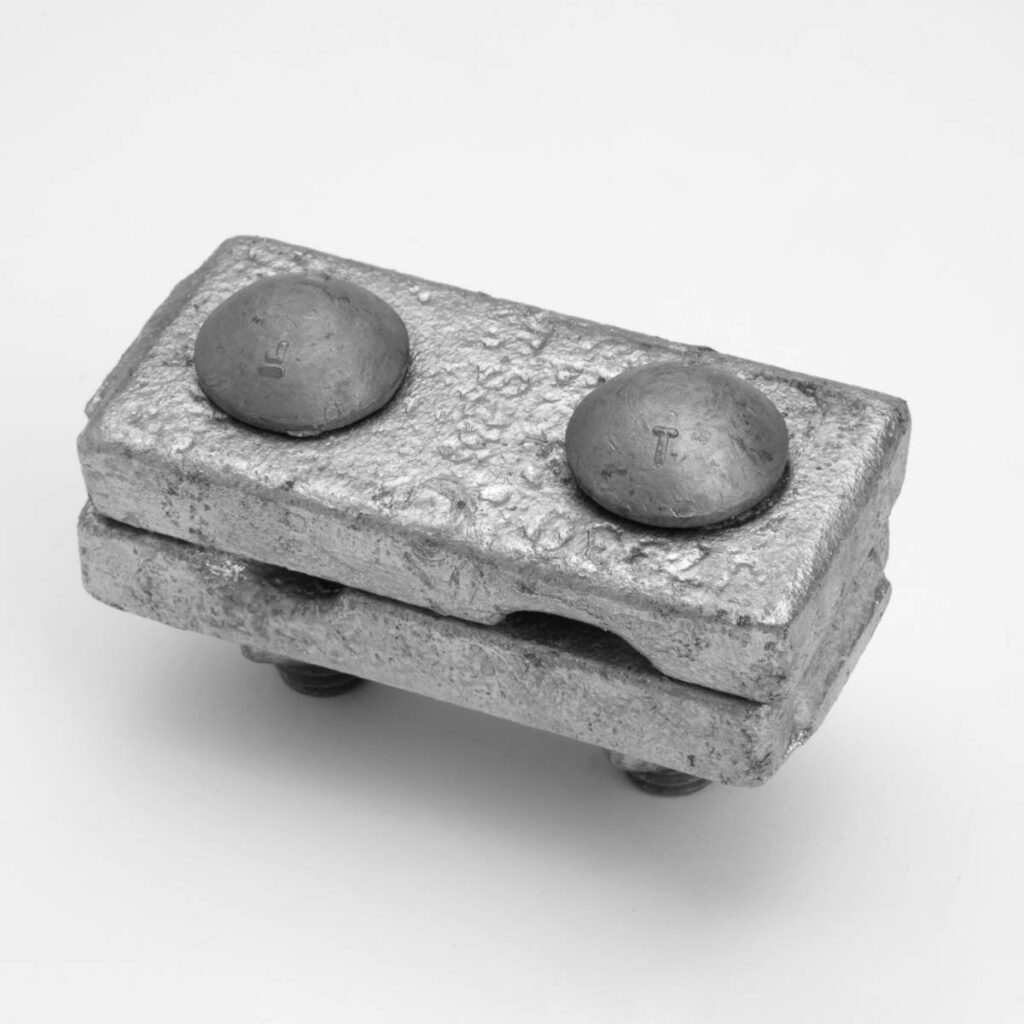
- Corrosion resistance – take into account the environment in which the crossover clamps will install. Choose materials that are resistant to corrosion.
- Costs of upkeep and replacement – take into account the possible expenses of upkeep and replacement for various kinds and designs.
- Material costs – examine the materials utilized in the production of crossover clamps to see how they affect the price. Although they cost more, high-quality materials are more durable.
- Load bearing capacity – evaluate the system’s unique requirements and choose clamps that are compatible with the anticipated loads.
- Installation costs – choose crossover clamps with easy-to-install methods to save money. They must to provide cheaper labor expenses for upkeep or installation.
- Maintenance and replacement – take into account the possible expenses associated with the clamp’s replacement.
- Manufacturer reputation – choose crossover clamps from suppliers who have a track record of creating high quality clamps.
- Adjustability – take into account the clamps adjustability. This enables them to accept a variety of conductor diameters.
Providers and merchants in the market for crossover clamps
Making the best choice for your application depends on location of the crossover clamp vendor and provider. Your location and unique needs will determine which supplier is best for you. Selecting a supplier necessitates conducting internet research, getting in touch with nearby power line equipment and visiting manufacturer websites. Depending on where you live, there could be local and international manufacturers. Before choosing, it’s also a good idea to ask around for product reviews from other consumers. When selecting a vendor or provider for crossover clamps, keep the following factors in mind.
- Quality and certifications – select a trustworthy supplier with a track record of excellence and industry certifications.
- Technical support – verify the availability of technical help and after-sales care to handle any problems.
- Product compatibility and range – verify that the provider has the precise kind and style of crossover clamp required.
- Costs – before making a choice, check the costs and lead times offered by other suppliers. For better performance, strike a balance between the crossover clamp price and quality.
- Industry events – to enhance your chances of meeting vendors and weighing your options, go to events and trade exhibits.
- Publications and websites – look through industry publications such as Distribution World and Transmission. They may include supplier biographies.
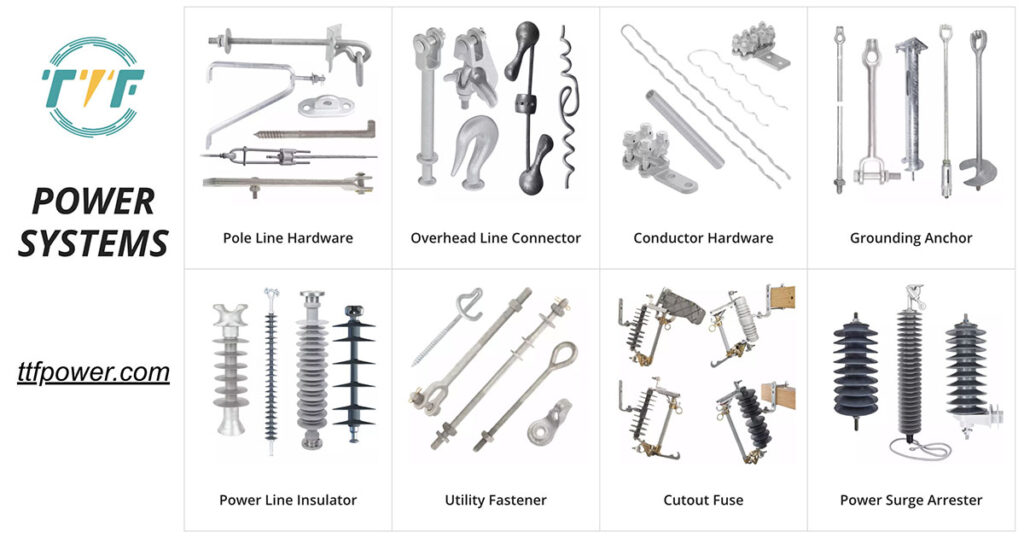
The market is full of several crossover clamp manufacturers. American, French, Dutch and Chinese businesses might be among them. One of the top producers of power pole goods, such as crossover clamps, is TTF Power Systems. They provide excellent clamps that may work for a variety of purposes. TTF has obtained many certifications to build consumer confidence and credibility. Here is the contact information.
Website: https://ttfpower.com/
Catalog: https://ttfpower.com/about-us/
Landline (M-F, 9 am-6 pm): (+86) 22-8523-3528
Customer Service: support@ttfpower.com
Frequently asked questions
Crossover clamps provide more benefits as compared to traditional connection methods. These benefits include improved reliability, reduced installation time, enhanced vibration dampening and better aesthetics.
Crossover clamps also present various challenges such as higher initial costs, installation expertise and compatibility concerns.
The crossover clamps evolve with trends like development of smart clamps, advanced materials, sustainability and growing renewable energy demand.
It is important to consider factors such as conductor size and material, application and load requirement, environmental conditions and costs effectiveness.